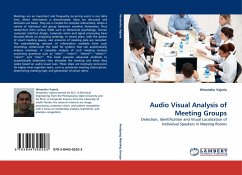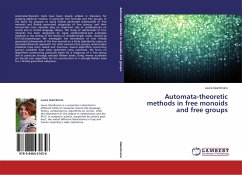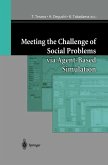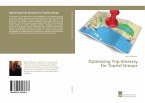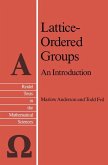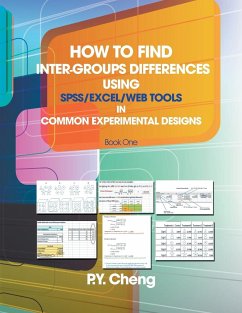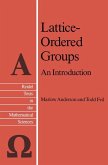Meetings are an important and frequently occurring event in our daily lives, where information is disseminated, ideas are discussed and decisions are taken. They are a crucible for complex interactions, where a variety of individual and group behaviors manifest themselves. Thus researchers from various fields such as behavioral psychology, human computer interface design, computer vision and signal processing have focused efforts on analyzing meetings. In recent years, with the advent of smart meeting spaces, vast amounts of meeting data are recorded. The overwhelming amount of information available from such recordings underscores the need for systems that can automatically analyze meetings. A complete analysis of such meeting involves answering questions such as who? , when? , where? , which? , what? and why? . This book presents advanced methods to automatically determine who attended the meeting and when they spoke based on audio-visual cues. These steps are necessary precursors for higher level cognition tasks, such as automatic meeting transcription, determining meeting type, and generation of action items.
Bitte wählen Sie Ihr Anliegen aus.
Rechnungen
Retourenschein anfordern
Bestellstatus
Storno

